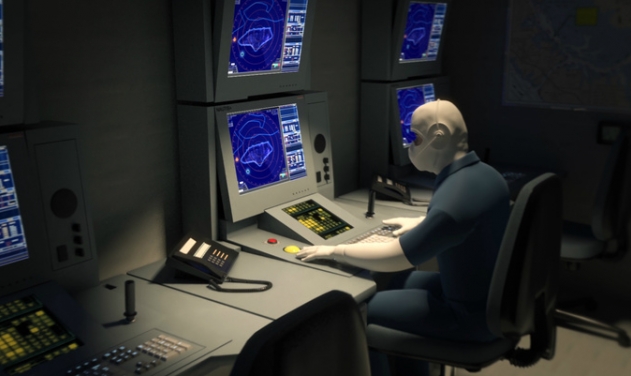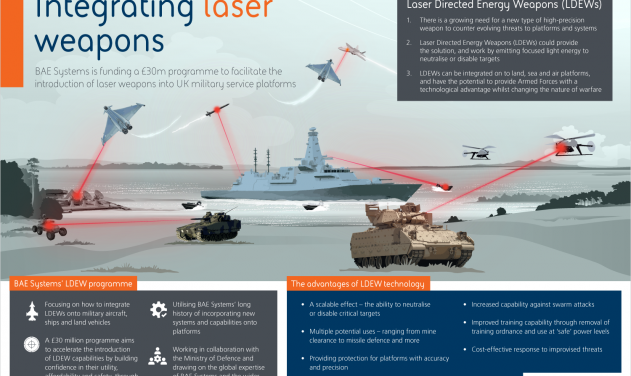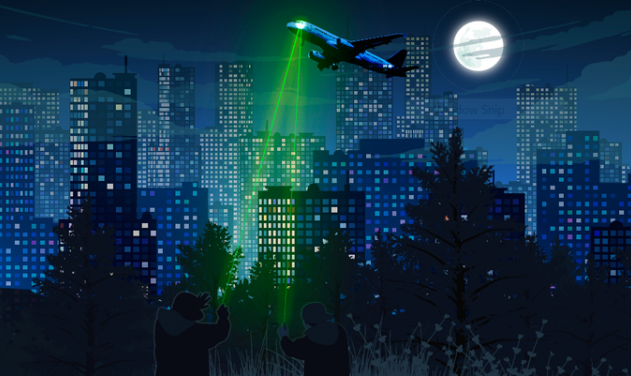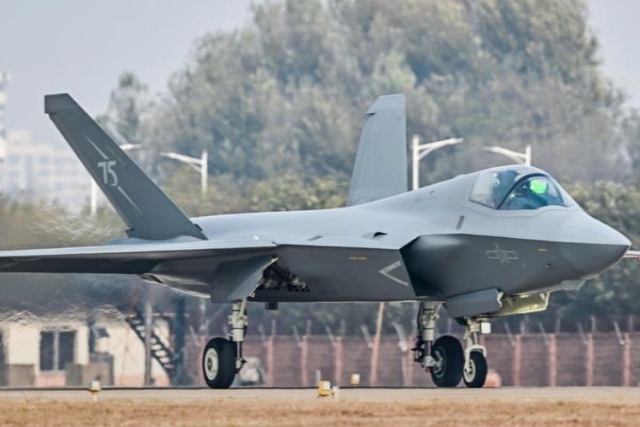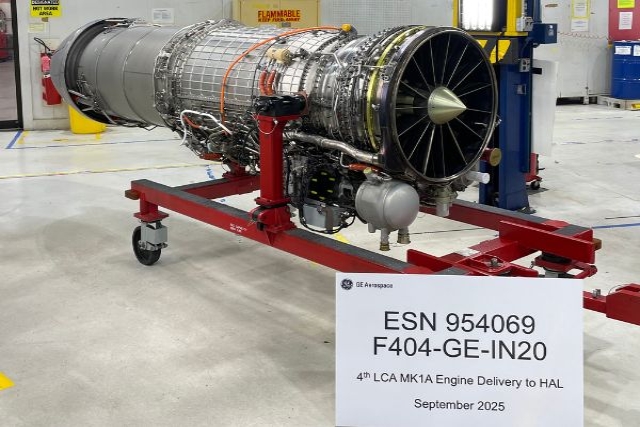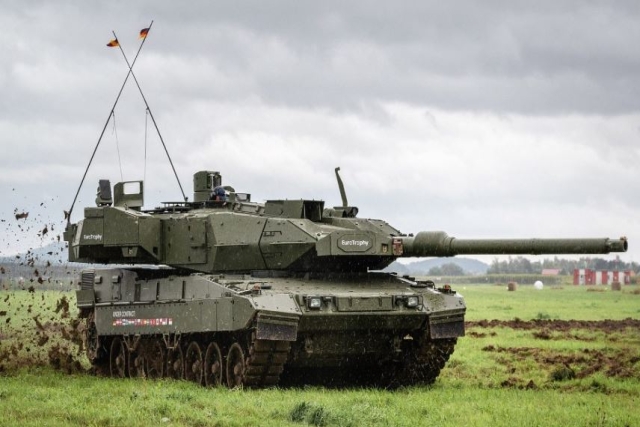BAE Systems Unveils Futuristic Unmanned Aircraft Concept
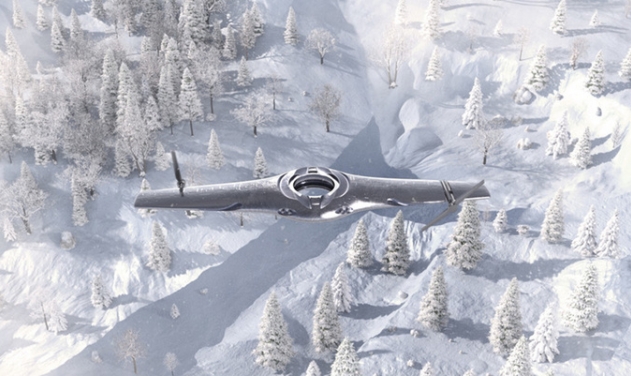
BAE systems has revealed a new technology concept, named Adaptable unmanned aerial vehicles (UAVs), that alternate between fixed-wing flight and rotary-wing flight.
The Adaptable UAVs could allow UAVs to better adapt to evolving future battlefield situations and through working together in a swarm, tackle sophisticated air defences, as well as operating in complex and cluttered urban environments.
In the rotary wing mode of flight, the Adaptable UAVs can be easily and safely launched and recovered using a range of vehicles in dangerous environments that might be cluttered by personnel, other aircraft or vehicles. The pole constrains the lateral or sideways movement of the UAV when being launched or recovered so strong winds cannot dislodge them and avoids any damage to personnel nearby. This is particularly important when recovering a UAV to the aft of a ship or a land vehicle. The pole’s gyro-stabilised element also ensures that it remains upright independently of the host vehicle’s orientation, which may be rolling if on a ship, or in the case of a land vehicle driving up or down a slope at the time of the launch or recovery.
“The battlefield of the future will require novel solutions to meet emerging threats and to keep human operators safe wherever they may be’,” said Professor Nick Colosimo, BAE Systems’ Futurist and Technologist. “The Adaptable UAVs concept and related technologies are one of a number of concepts being explored through close collaboration between industry and students in academia”.
Professor Antonios Tsourdos, Head of the Centre for Autonomous and Cyber-Physical Systems at Cranfield University, said: “Working with BAE Systems on the Cranfield University MSc in Autonomous Vehicle Dynamics & Control has provided a great opportunity for the students and research staff to explore a range of novel concepts and technologies”.
